Microstructure characterization of U-Mo/Al fuel irradiated with Xe
Principal Investigator
- Name:
- Bei Ye
- Email:
- [email protected]
- Phone:
- (208) 526-6918
Team Members:
| Name: | Institution: | Expertise: | Status: |
|---|---|---|---|
| Laura Jamison | ANL - Argonne National Laboratory | TEM | Post Doc |
| Yinbin Miao | ANL - Argonne National Laboratory | FIB, TEM | Post Doc |
Experiment Details:
- Experiment Title:
- Microstructure characterization of U-Mo/Al fuel irradiated with Xe)
- Work Description:
- The dispersion-type fuel developed to be used in research and test reactors for reducing uranium enrichment is composed of U-Mo alloy fuel particles in a matrix of either pure Al or Al alloy. Drastic microstructural changes occurred in the in-pile-tested fuels, including the formation of U-Mo-Al interaction products and large gas-filled pores. These microstructural changes might lead to breakaway swelling and deterioration of plate mechanical integrity. Therefore, it is critical to understand the underlying mechanisms of these microstructural changes in order to improve the irradiation behavior of U-Mo/Al fuel. Heavy ion irradiation is employed in this study to investigate separate effects of multiple fuel fabrication variables and irradiation conditions [1]. The obtained information will be used in designing the EMPIRE test at the ATR. 1.7 mm disks punched out from U-Mo/Al mini-plates were irradiated with 80 MeV Xe ions in two separate irradiations at the ATLAS accelerator at Argonne National Laboratory. The major differences in irradiation conditions between the two experiments (ATLAS-2 and ATLAS-4) are temperature (350°C vs. 150°C) and beam current (100 pnA vs. 50 pnA). In each irradiation a range of dose levels were achieved, a benefit of the Gaussian shape of the defocused ion beam. Additionally, the multi-sample holder made it possible for the irradiation of various material types in a single experiment. By comparing the post irradiation examination (PIE) results of carefully selected samples, a qualitative assessment of the effects of dose, dose rate, U-Mo grain size, irradiation temperature, and Mo contents on U-Mo/Al irradiation behavior can be obtained.
Project Summary
The dispersion-type fuel developed to be used in research and test reactors for reducing uranium enrichment is composed of U-Mo alloy fuel particles in a matrix of either pure Al or Al alloy. Drastic microstructural changes occurred in the in-pile-tested fuels, including the formation of U-Mo-Al interaction products and large gas-filled pores. These microstructural changes might lead to breakaway swelling and deterioration of plate mechanical integrity. Therefore, it is critical to understand the underlying mechanisms of these microstructural changes in order to improve the irradiation behavior of U-Mo/Al fuel. Heavy ion irradiation is employed in this study to investigate separate effects of multiple fuel fabrication variables and irradiation conditions [1]. The obtained information will be used in designing the EMPIRE test at the ATR. 1.7 mm disks punched out from U-Mo/Al mini-plates were irradiated with 80 MeV Xe ions in two separate irradiations at the ATLAS accelerator at Argonne National Laboratory. The major differences in irradiation conditions between the two experiments (ATLAS-2 and ATLAS-4) are temperature (350°C vs. 150°C) and beam current (100 pnA vs. 50 pnA). In each irradiation a range of dose levels were achieved, a benefit of the Gaussian shape of the defocused ion beam. Additionally, the multi-sample holder made it possible for the irradiation of various material types in a single experiment. By comparing the post irradiation examination (PIE) results of carefully selected samples, a qualitative assessment of the effects of dose, dose rate, U-Mo grain size, irradiation temperature, and Mo contents on U-Mo/Al irradiation behavior can be obtained. PIE emphases will be placed on two microstructural changes: U-Mo-Al interdiffusion and fission gas bubble formation. Local variation of U-Mo-Al composition as a function of the dose and the damage rate at different temperatures will be characterized with Transmission Electron Microscopy (TEM)-Energy Dispersive Spectroscopy (EDX); micron-sized intergranular gas bubbles can be observed with Scanning Electron Microscopy (SEM), but nano-sized intragranular gas bubbles requires much higher resolution which can only be achieved in TEM. All these planned characterization activities require sample preparation with Focused Ion Beam (FIB) milling. The conventional mechanical grinding method is not suitable for the intended characterization for two reasons. One is that gas bubbles might be filled or smeared with unwanted dirt, the other one is that it is impossible to produce site-specific TEM samples over the full span of ion damage profile (~ 7 µm in U-Mo) in a small volume (0.5 mm-thick disk with a diameter of 1.7 mm). Therefore, FIB will be used to lift out the specimens along the ion penetration direction and to thin the specimens down to the desired thickness for TEM observation. Because of the inclusion of natural uranium in the sample materials, the facilities available for characterization of these samples are considerably limited. The instruments required for planned characterizations, FIB and TEM, are available in the Microscopy and Characterization Suite (MaCS) at the Center for Advanced Energy Studies (CAES), and the ion-irradiated fuel fits the material requirements for using the instruments in MaCS. Hence, it is proposed to perform the characterization of the Xe-irradiated U-Mo/Al samples at MaCS. The proposed experiments are expected to be completed in FY 2016.
Relevance
This proposed research supports the DOE’s nuclear agenda by addressing non-proliferation concerns. The UMo-Al dispersion fuel examined in this proposed research is one of the proposed fuel designs to convert high-powered research reactors from high-enriched uranium to low-enriched uranium. Successful conversion of these research reactors decreases the amount of highly enriched uranium available, reducing the likelihood of undesirable elements gaining the ability to build a nuclear weapon.
Please wait
About Us
The Nuclear Science User Facilities (NSUF) is the U.S. Department of Energy Office of Nuclear Energy's only designated nuclear energy user facility. Through peer-reviewed proposal processes, the NSUF provides researchers access to neutron, ion, and gamma irradiations, post-irradiation examination and beamline capabilities at Idaho National Laboratory and a diverse mix of university, national laboratory and industry partner institutions.
Privacy and Accessibility · Vulnerability Disclosure Program

